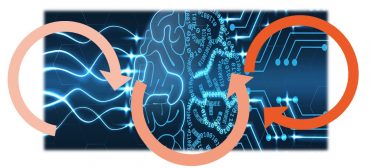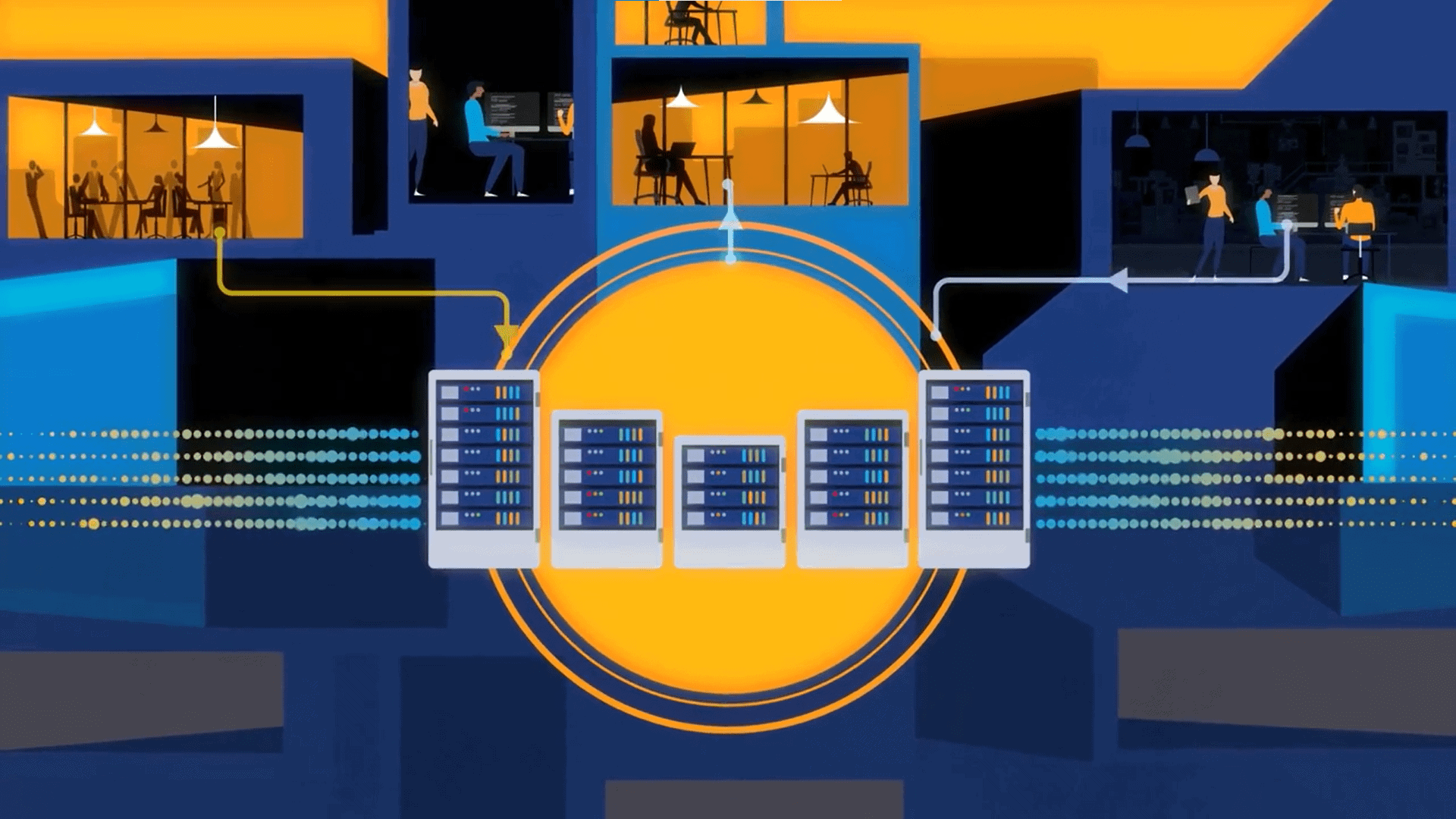
The transformation of bowling through edge AI reveals its potential to reshape far more than sports. The ability to enable remote, verified competition with real-time processing opens doors in gaming, esports, remote athlete training, and even standardized skills assessment for professions like welding or surgery—any domain where precision, trust, and immediacy matter.
Edge AI is revolutionizing physical competition by ensuring gameplay integrity and providing instant performance feedback—capabilities once out of reach for most. Thanks to its widespread availability and affordability, technologies previously exclusive to professional sports now empower amateur and semi-professional athletes.
By processing data at its source, edge AI delivers immediate insights without sending massive volumes of raw data to remote servers. This localized, intelligent approach boosts response times and strengthens security by minimizing data exposure. The result? A new era of global, asynchronous competition with real-time verification, transforming traditional sports venues into vibrant, interconnected hubs of competition and community.
Technology developed initially for defense is now reshaping sports and beyond. And in one case, defense-grade edge computing is driving a platform that delivers instant, AI-verified scoring for competitive sports.
From Defense Origins to Commercial Innovation
The journey from defense technology to sports analytics showcases the surprising versatility of edge AI. Born from DARPA-funded research to enable AI in contested battlefield environments, this technology tackled challenges—processing data with limited computing resources, ensuring security, and maintaining trust in distributed systems—that proved strikingly relevant to commercial use. It adapted to diverse hardware in the field while managing power consumption in remote deployments.
This defense heritage delivered capabilities tailor-made for civilian applications. Advanced edge AI compresses models without sacrificing accuracy, making them lightweight enough to run on smartphones—turning any bowling alley into a high-tech competition hub. Hardware-aware compilation optimizes for specific platforms, while runtime adaptation handles dynamic workloads. Paired with secure deployment and update mechanisms, these features form a robust foundation for commercial innovation.
The Challenge: Global Scale with Local Trust
Scaling competitive sports globally while ensuring fair play and accurate scoring is no small feat. Take bowling: With over 260,000 lanes worldwide, real-time score verification across thousands of venues has long been a barrier to global competition. This challenge isn’t unique to bowling—gymnastics, figure skating, and even soccer grapple with similar issues, compounded by human error in judging and refereeing.
These hurdles echo defense scenarios: systems must process and decide instantly in low-connectivity environments, deliver tamper-proof verification across varied hardware, and operate under strict power and computational limits.
Building Blocks: From Edge to Global, Hardware to Humans
This section unpacks how the edge AI system is built, blending hardware, software, machine learning, and secure infrastructure into a reliable, scalable, and adaptable platform.
Layered Architecture: Action, Venue, and Global Oversight
The system uses a three-tiered architecture: the “action layer” processes gameplay data at the lane level, the “venue layer” verifies and manages data across multiple lanes, and the “global layer” tracks competition standings and analytics. This design ensures each tier operates efficiently while feeding into the broader ecosystem.
Hardware Flexibility: From Smartphones to Edge Servers
Accessibility drives the system’s design. A small bowling alley might use smartphone-based scoring, while a tournament venue taps edge servers for high-volume, real-time analytics. Hybrid setups blend platforms for optimal performance, offering scalability and flexibility to fit any venue’s needs.
Bridging the Gap: Machine Learning Team Integration
A standout innovation is uniting ML development and deployment teams. ML experts focus on model accuracy, while automated tools handle hardware-specific optimization—keeping Python workflows intact for development and enabling C++ for deployment. Hardware-aware training eliminates post-development bottlenecks, speeding up the process and freeing ML teams from hardware constraints.
Robust Backend: Security and Continuous Improvement
A distributed architecture ensures reliability via a hierarchy of processing nodes. Local units handle real-time scoring and verification, edge servers aggregate venue data, and a distributed database maintains global leaderboards. Secure update channels deliver ongoing improvements without compromising security or performance.
Performance Balancing and Solution Design
Implementing this edge AI system required balancing three critical factors: delivering immediate feedback to players for an engaging experience, ensuring comprehensive monitoring to detect fraud without missing key details, and maintaining efficient operation across diverse hardware platforms while effectively managing power consumption.
Traditional cloud-based approaches proved impractical for several reasons. The sheer volume of video data generated during gameplay would overwhelm typical network connections, especially in venues with limited bandwidth. Significant latency from transmitting data to remote servers and back would render real-time scoring unfeasible, disrupting the instant feedback players expect. Moreover, cloud processing at this scale would incur prohibitive costs, and reliable connectivity—a necessity for cloud reliance—cannot be guaranteed across all bowling centers worldwide, from rural alleys to urban hubs.
By contrast, an edge-based solution overcomes these hurdles. Processing data locally slashes latency, enabling near real-time scoring and verification that keeps players engaged. It reduces bandwidth demands by analyzing data at the source, transmitting only essential results rather than raw footage. This approach also cuts operational costs compared to cloud dependency and ensures functionality even in low-connectivity environments. Key technologies make this possible: compressed AI models run efficiently on standard edge devices like smartphones or Raspberry Pis, real-time computer vision monitors gameplay with precision, a distributed processing architecture scales seamlessly, and hardware-aware development ensures consistent platform performance. Together, these elements enable a practical, widespread deployment that cloud solutions couldn’t match.
Implementation Results and Deployment
These systems are live, leveraging accessible hardware setups—think smartphones and Raspberry Pi devices—to bring advanced scoring to bowling centers globally. The platform handles real-time score verification through careful optimization while continuously monitoring gameplay for accuracy, preventing fraud with tamper-proof checks. Players receive instant feedback on their performance, enhancing the competitive experience, while global leaderboards update seamlessly, enabling actual worldwide competition. This deployment proves that high-tech solutions don’t require high-end infrastructure—basic, affordable devices can transform any venue into a connected hub, democratizing access to cutting-edge sports technology.
See also: Scaling Edge AI: A Call for Hardware, Data and Talent
Future Impact and Key Learnings
The transformation of bowling through edge AI reveals its potential to reshape far more than sports. The ability to enable remote, verified competition with real-time processing opens doors in gaming, esports, remote athlete training, and even standardized skills assessment for professions like welding or surgery—any domain where precision, trust, and immediacy matter. This success offers valuable lessons for future edge AI deployments:
- Hardware-aware development: Start with the target devices’ constraints and capabilities in mind to ensure practical outcomes.
- Security through edge processing: Minimize data transmission to enhance security and trust, reducing exposure compared to cloud-reliant alternatives.
- Acceleration through tooling: Leverage specialized development tools to speed up deployment without sacrificing quality.
- Balance of efficiency and accuracy: Optimize models to deliver performance and precision in real-world settings.
- Integration of expertise: Fuse machine learning and deployment expertise for smoother execution.
Bowling’s evolution into a globally connected sport underscores how edge AI bridges local action and global reach. Similar shifts are poised to unfold across other fields, driven by the power to process and verify data instantly at its source.
This project is a testament to dual-use technology, with innovations rooted in defense now thriving in civilian life. The convergence of defense-grade AI with everyday applications signals a future where sophisticated capabilities seamlessly enhance daily activities, fostering new forms of connection and competition.






























